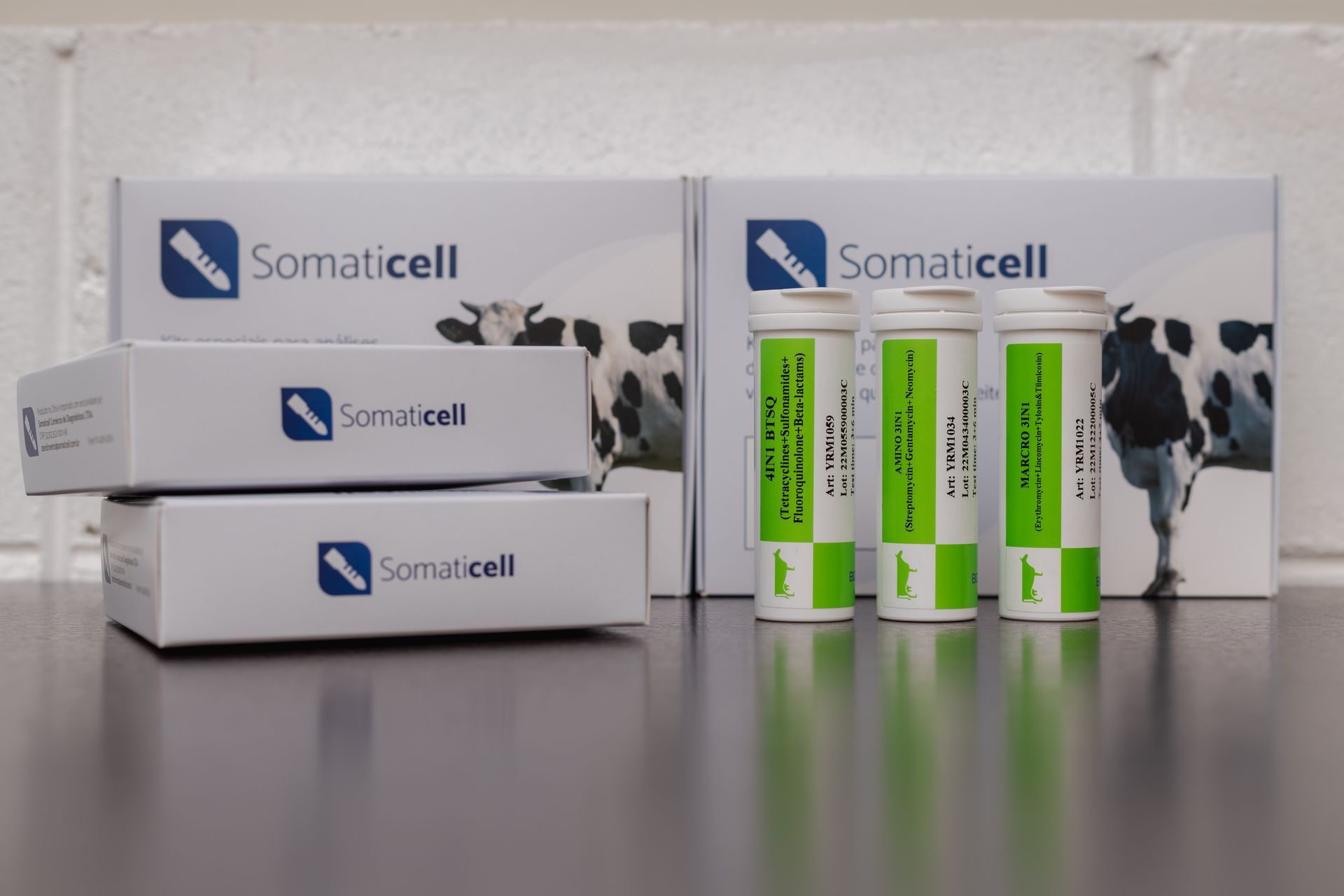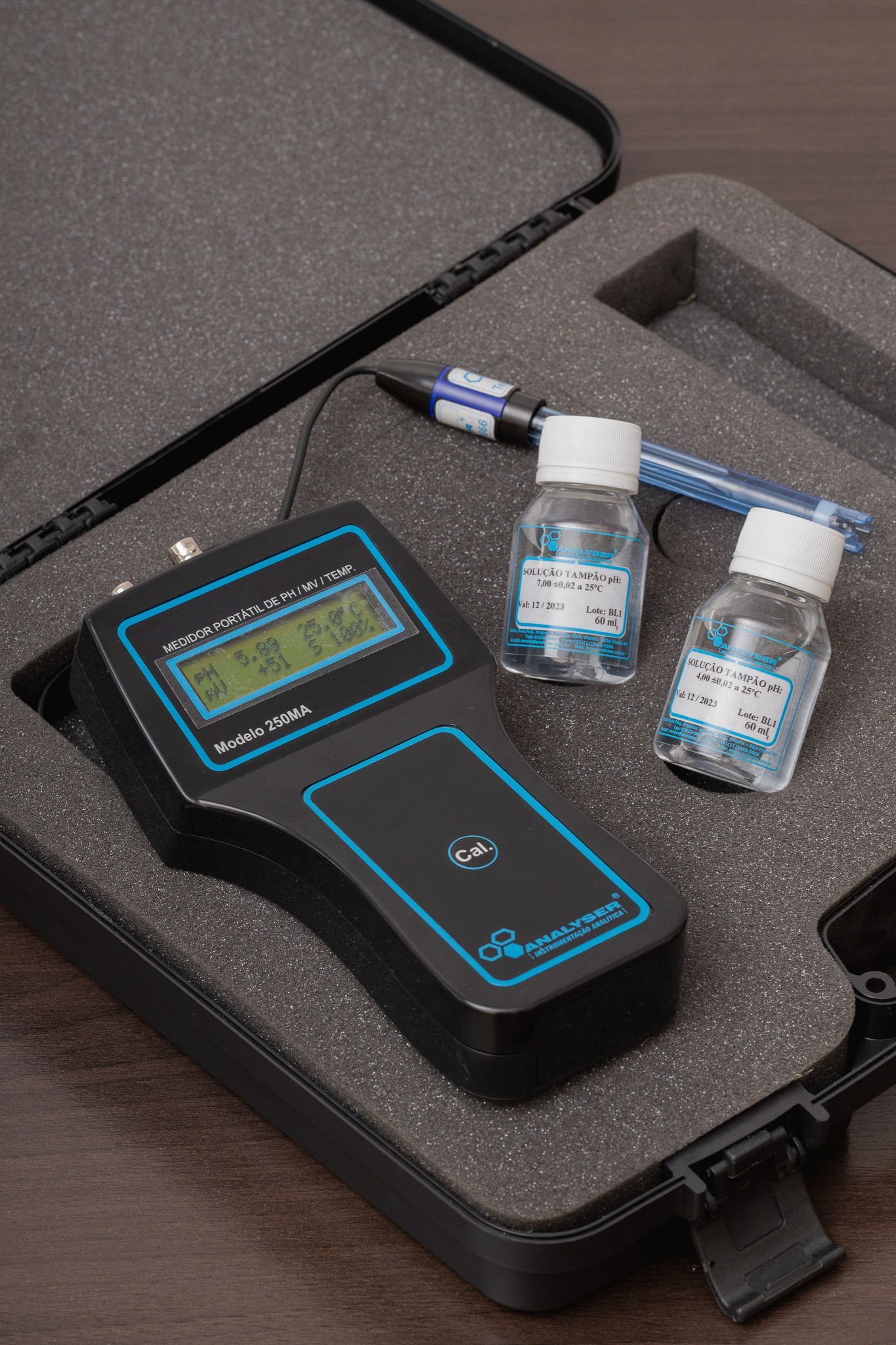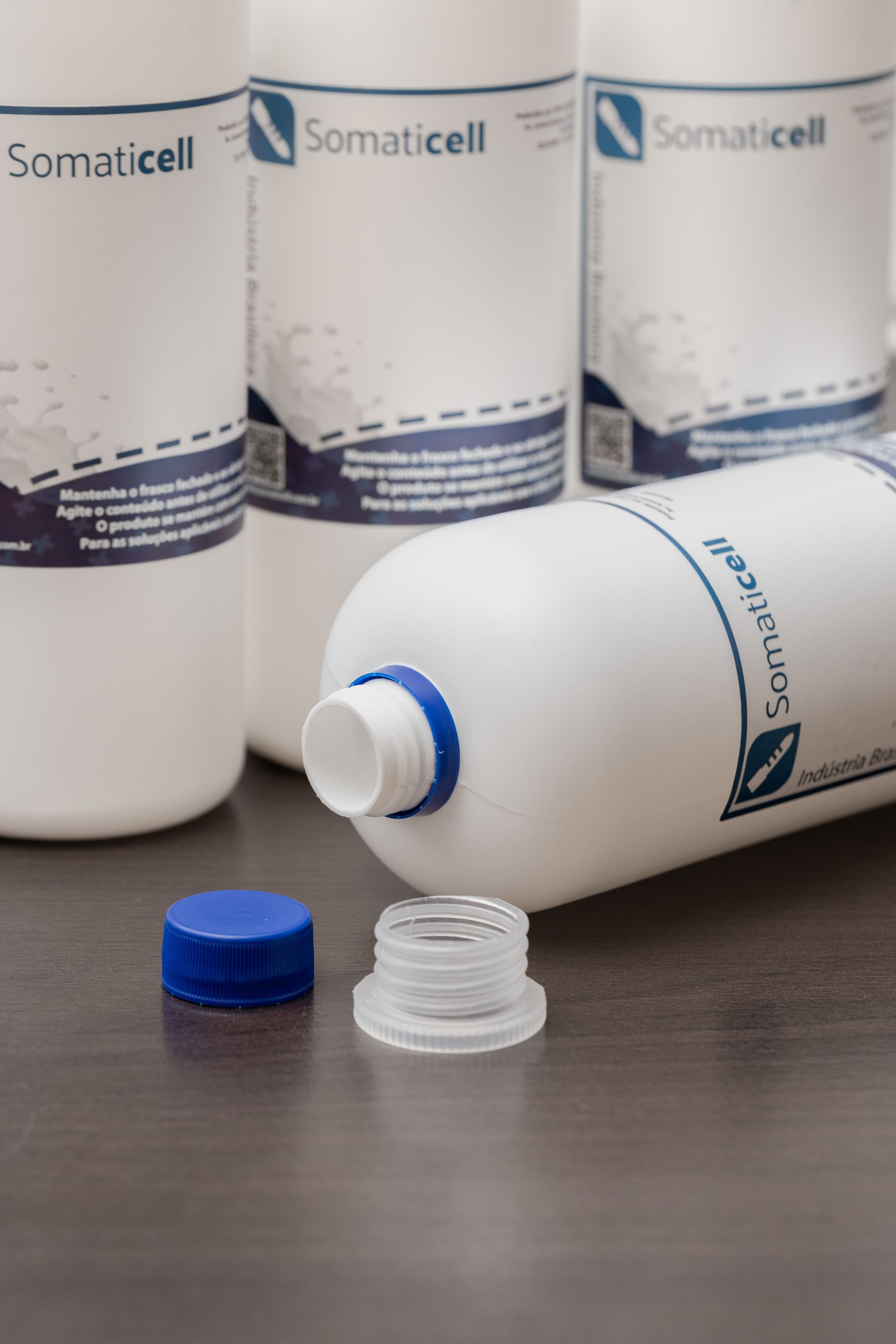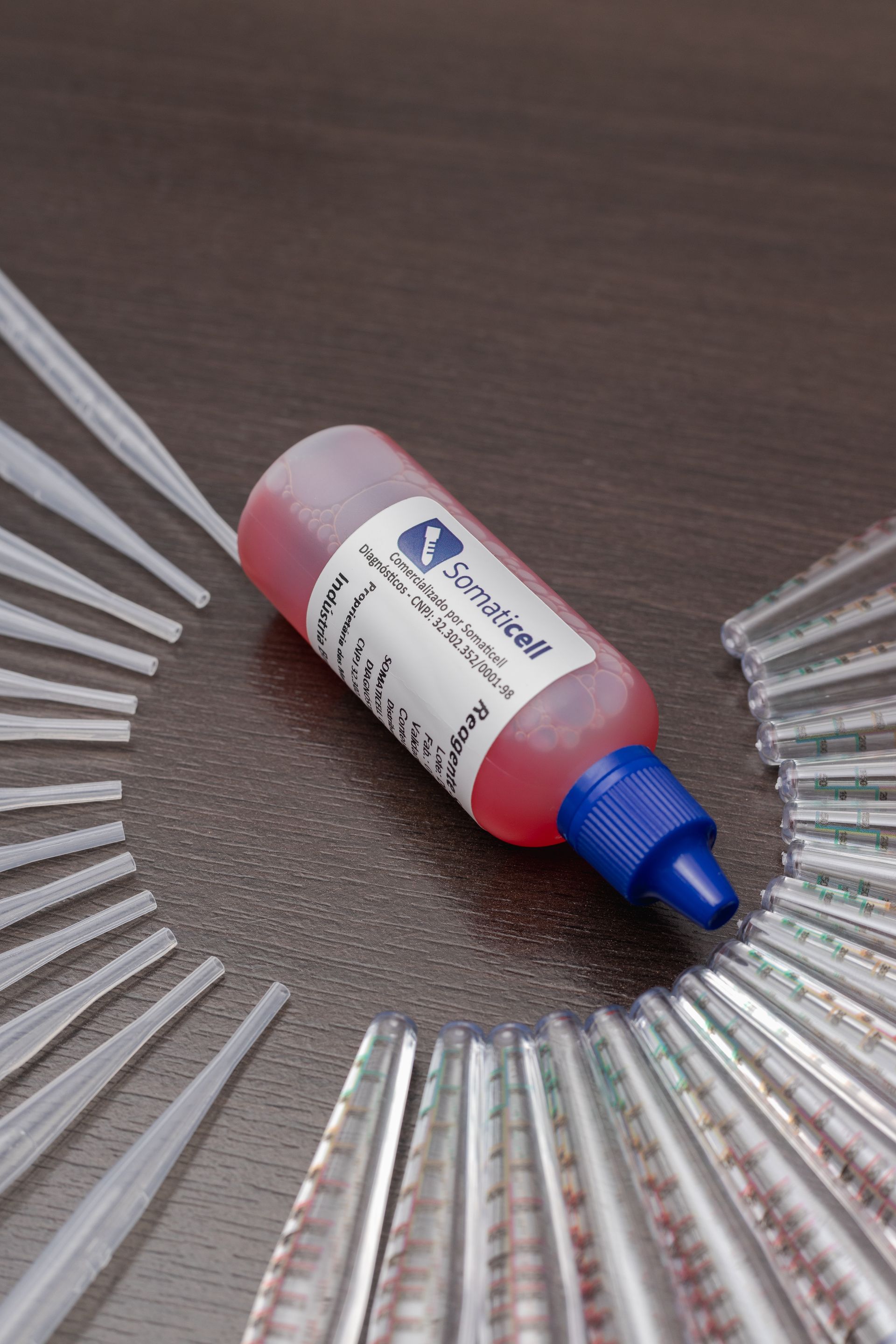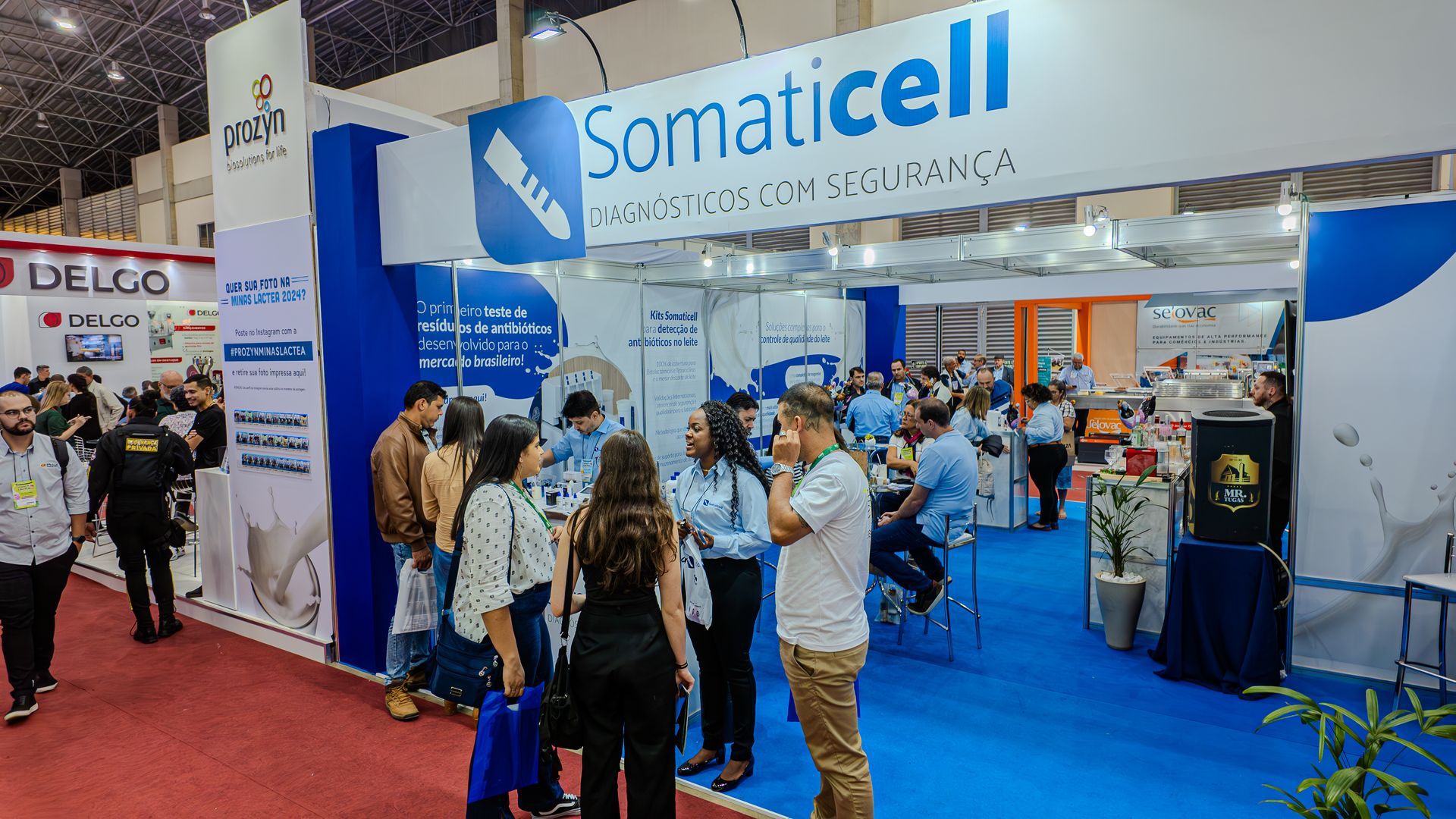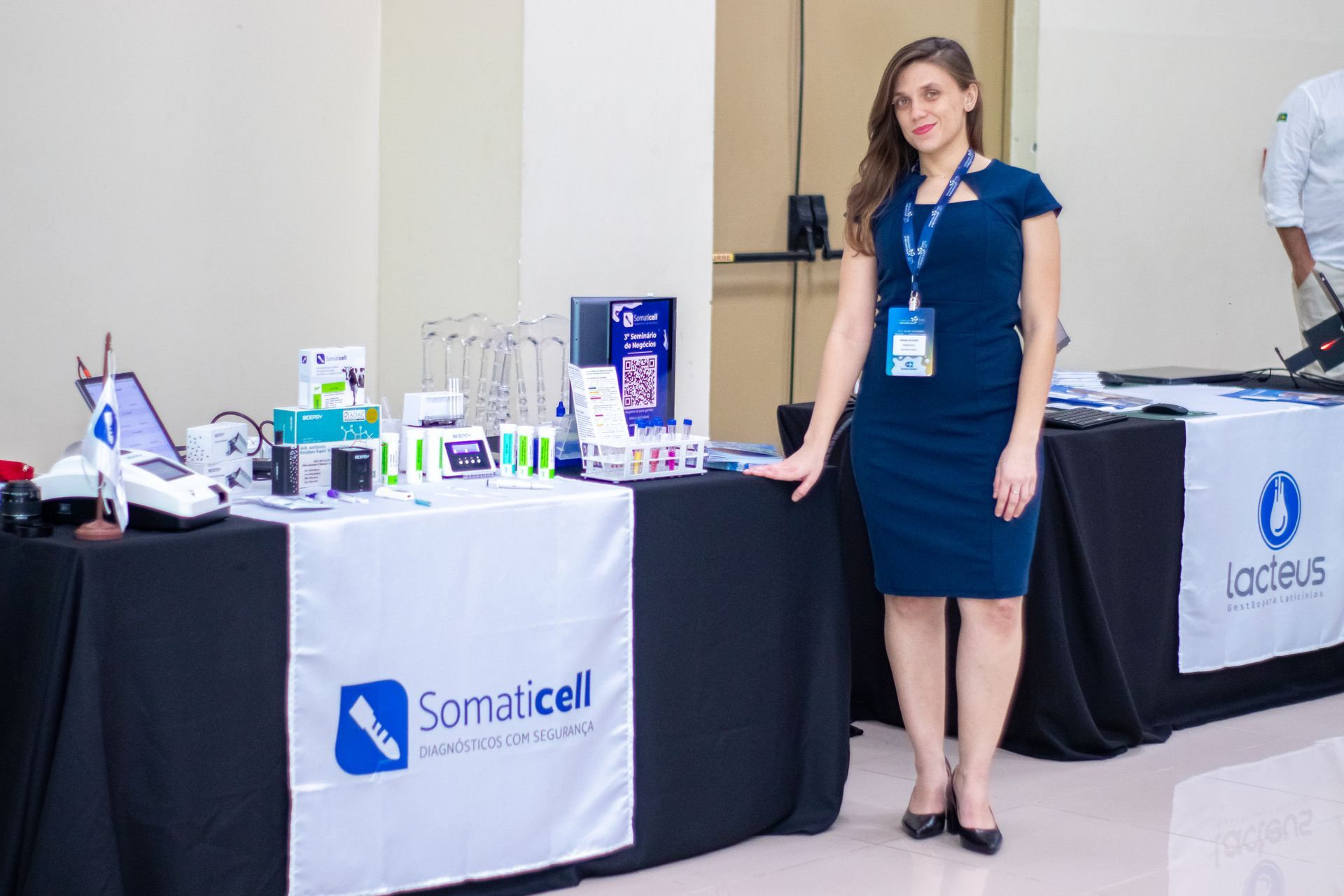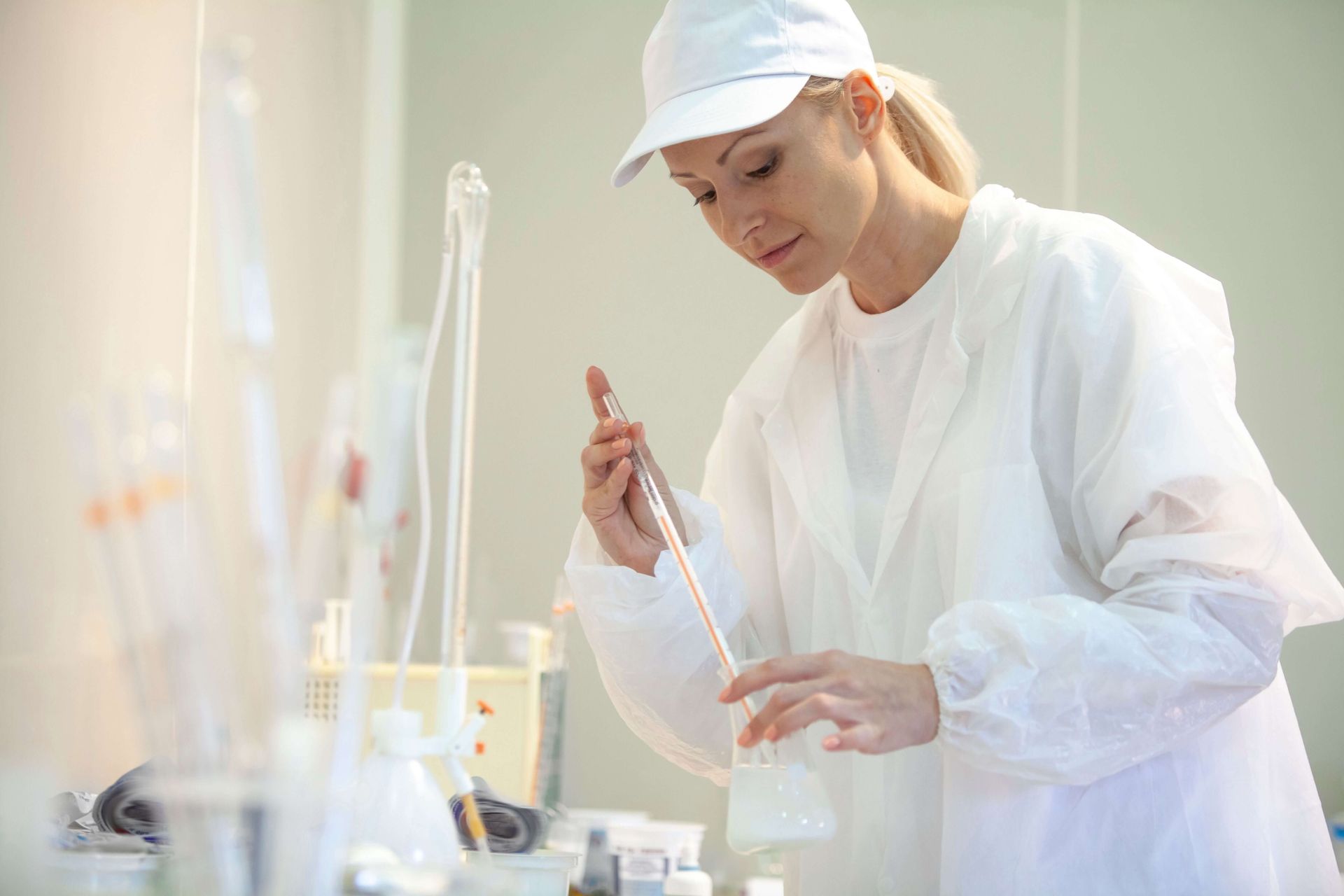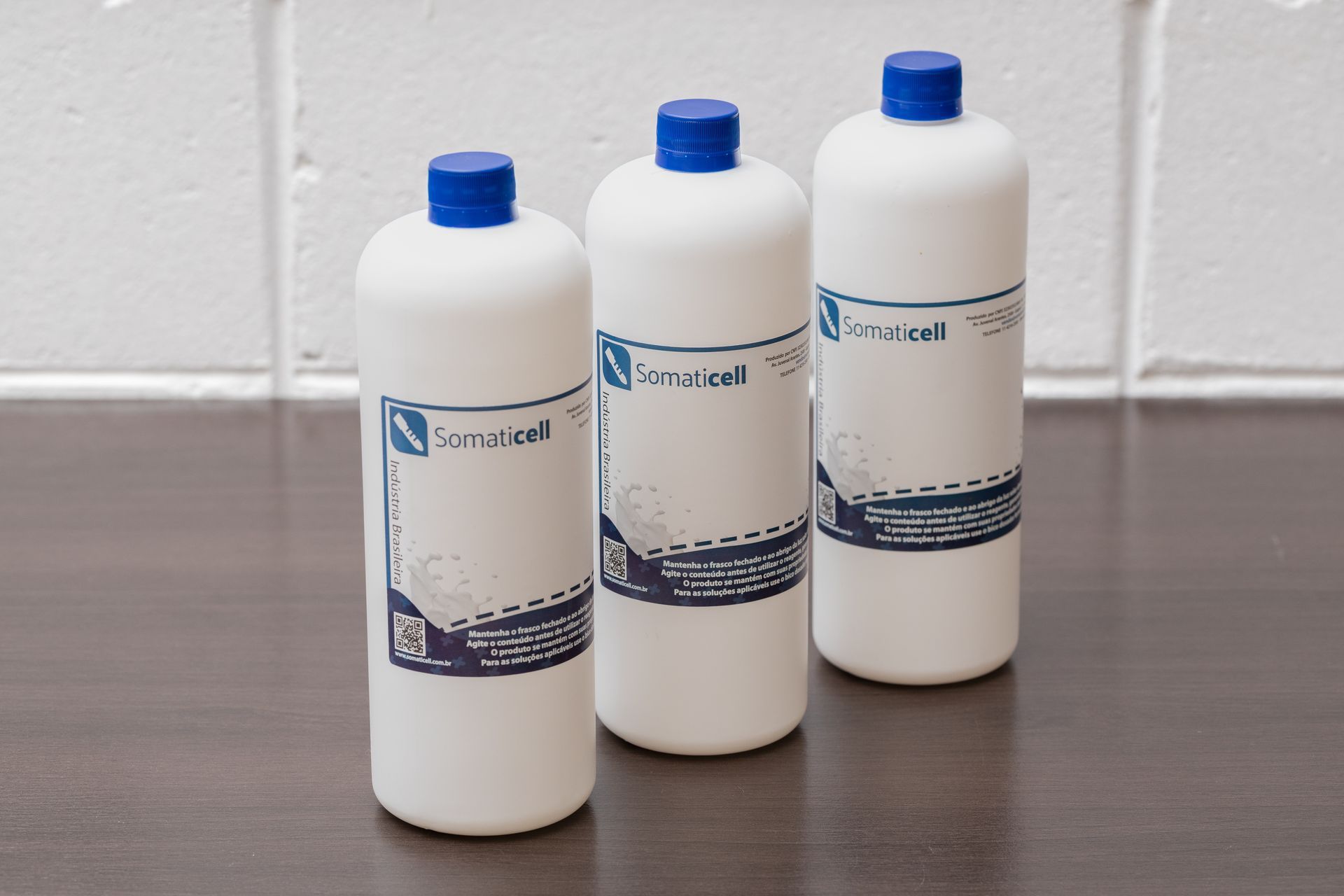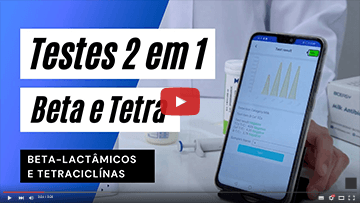NIs 76 and 77: Following regulations can boost your milk production
The INs 76 and 77 brought some changes to improve milk quality
The dairy chain in Brazil has faced major growth challenges over the years. Especially with the strict requirements to improve the quality of the milk produced in the country. Some of these changes came from Normative Instructions (INs) 76 and 77, from the Ministry of Agriculture, Livestock and Supply (Mapa).
The new rules for milk production were published on November 30, 2018. The adoption of these practices aims to frame issues that are increasingly recurrent in the world and, moreover, that affect Food Safety.
But how can normative instructions 76 and 77 help to improve the quality of milk produced in Brazil? Can good quality milk favor exports? What are the challenges faced by dairy farmers? This article aims to clarify these and other doubts, so keep following and happy reading!
- What do the Normative Instructions 76 and 77 say?;
- Milk control facilitates sales;
- Milk quality;
- How to monitor the good quality of milk?
- Challenges to launch in the international market
What do Normative Instructions 76 and 77 say?
Before we talk about how these normative instructions can help the dairy farmer, we need to understand a little bit about what they actually address. The Normative Instructions 76 and 77 address the stages in the production of raw refrigerated, pasteurized and type A milk. From the beginning, still in the milking of the cow, to the final stage of the product.
IN 76 refers to the technical rules for regulating milk, quality in the industry and transport. Criteria and procedures for production, packaging, conservation, transport, selection and reception of milk at the registered establishment are also determined.
Já a IN 77 tem como parâmetros a forma como esse leite é adquirido da propriedade, bem como os equipamentos, instalações e qualificação dos profissionais que trabalham diretamente na área. Além das questões sobre o controle de doenças (como a mastite, brucelose e tuberculose) e a segurança do consumidor.
The two INs were created to reinforce inspection and enforcement of restrictions. Above all, the possibility of execution and control by the dairy industry. In addition, INs 76 and 77 also required actions, such as the Self-Control Program (PAC), which includes the Milk Supplier Quality Plan (PQFL) and the Good Agricultural Practices Program ( PBA), which aim to ensure milk quality and good manufacturing practices.
Control of milk facilitates sales
Complying with the requirements laid down in the legislation guarantees not only quality milk, but also that the farm and the producer increase their income. According to the Confederation of Agriculture and Livestock of Brazil (CNA), based on data from the Ministry of Economy, from January to July of 2020, dairy exports had an increase of 22,8% in foreign sales, in value, and 21,9% by volume.
The month of July last year had an even greater increase, of 50,9% compared to the same month of 2019, totaling dairy embargoes of US$ 6,7 million. Despite the good numbers and Brazil being one of the world's largest milk producers, the Brazilian dairy production chain still does not stand out on the international scene compared to other agro-industrial products.
Therefore, following these inspection and control rules for dairy cattle and milk production is quite significant. From the moment these requirements are met and the product quality processes and the production chain are tracked, export barriers are eliminated. This is great progress for Brazilian dairy farmers.
Therefore, producers must intensify control in obtaining, transporting and processing milk, have quality tools for sanitary management, adequate refrigeration and correct storage, among other criteria.
Best methods of diagnosing mastitis
Milk quality
To understand how milk control can impact financially, we need to understand what are the criteria that indicate the ideal quality of milk for marketing. This is a decisive factor with regard to competitiveness, and especially with regard to the industrial yield of the raw material.
Developed by Embrapa Gado de Leite, the Milk Quality Monitoring System (SIMQL) is an online platform that provides information to decision makers, whether public or private. The data are based on analyzes carried out on milk originating from properties and which were submitted to samples in the laboratories of the Brazilian Network of Milk Quality (RBQL).
This set of laboratories is distributed in geographical areas of strategic scope that contribute to the improvement of milk quality, developing a work together with the objectives of the PNQL. And for the milk to be of good quality, it needs to follow some requirements stipulated by regulations and inspection bodies.
Refrigerated raw milk
O Mapa considera alguns fatores quando se trata da qualidade do leite. Um deles se refere à Contagem de Bacteriana Total (CBT) e Contagem de Células Somáticas (CCS) no leite cru refrigerado, que deve respeitar os seguintes limites máximos:
- CBT: 300 thousand units/ml;
- CCS: 500 thousand somatic cells/ml.
Furthermore, the milk must not contain any foreign substance in its composition, such as microbial growth inhibitors, acidity neutralizers or any other residues of products for veterinary use.
Another criterion is the Standard Plate Count (CPP), whose maximum limit is up to 900.000 CFU/ml before processing refrigerated raw milk in the industry. As for milk refrigeration and transportation to the establishment, the recommendation is that the temperature limit be 7ºC upon receipt, with 9ºC being the limit accepted by the standard in exceptional situations. The storage and shipment of milk at the refrigeration station must have a temperature of up to 4ºC.
Type A chilled milk
For type A refrigerated raw milk, the parameters are 10 thousand CFU/mL. The CCS must be 400 thousand cells/mL. In both cases, the physical-chemical parameters will not change. Except for cryoscopy, which according to the new RIISPOA, may vary between -0,530oH and -0,555oH.
The other parameters follow:
I - minimum fat content of 3,0g/100g;
II - minimum total protein content of 2,9g/100g;
III - minimum anhydrous lactose content of 4,3g/100g;
IV - minimum content of non-fat solids of 8,4g/100g);
V - minimum total solids content of 11,4g/100g;
VI - titratable acidity between 0,14 and 0,18 expressed in grams of lactic acid/100 mL;
VII - stability to alizarol at the minimum concentration.
All these measures aim to provide consumers with better quality milk, following all the recommendations defined with references in foreign laws and technical literature.
NIs 76 and 77: how to monitor good milk quality?
Through the INs 76 and 77, which bring the requirements of the Raw Material Self-Control Program and seeks the quality of the milk produced, the industry is required to have a vision. Now, she needs to think about how, where and why she will work with the producer to improve or maintain the good quality of the milk. This guarantees not only quality, but safety, also generating savings for both sides.
Along with this, the industry must be aware of the antibiotics that may be present in this raw material. This point has undergone some changes, and now the industry must study the groups of antibiotics that are most marketable and/or used in the dairy chain. Thus, you can ensure that your business and your products are safe.
This research needs to be done in all groups of antibiotics in milk samples, ensuring that it does not present other groups of antibiotics that are not monitored by the agroindustry. Industry should also screen for all groups of antimicrobials for which screening methods exist.
Thus, this frequency must be defined by consensus between establishments and inspection services. To guarantee the good quality of the milk, the industry needs to send samples from all producers once a month to a laboratory accredited by the RBQL.
Challenges to launch in the international market
The foreign market has become an important access route to continue the expansion of the dairy chain, both due to the stagnation of the domestic market in recent years, and the growing demand from the international market. However, even standing out in the milk trade, Brazil is still taking slow steps to gain international prominence, unlike what happens in other segments, such as animal protein and grains.
O comércio de lácteos no mundo contempla apenas uma pequena parcela de produtores. Especialmente porque segue regras importantes para zelar pela segurança alimentar de milhares de pessoas mundialmente. Esses poucos produtores integram, em sua maioria, aqueles que produzem queijos e leite em pó (integral e desnatado).
Only six countries concentrate milk collection: European Union, United States, India, China, Brazil and Russia. These producers were responsible for approximately two thirds of the total milk produced worldwide in 2016. And this production has been growing over the years, but, to take advantage of this international demand, countries end up presenting producers with competitive milk production prices.
This dispute to participate in global exports is directly linked to production costs as well as the productivity of a dairy farm. And these, in turn, are fundamental for defining prices that are attractive at an international level.
Devaluation of the internal market
According to an article released in 2018 by the National Bank for Economic and Social Development (BNDES), two of the main reasons for the Brazilian deficit in the international dairy market are: productivity and quality.
We can also say that producers lack knowledge and resources so that they can include techniques to improve production.
In 2017, for example, Brazil imported more dairy products than it exported. Brazilian exports amounted to 141 million liters, which only represents 0,6% of the national production that is inspected. On the other hand, it imported almost 1,3 billion liters in equivalent, that is, almost 5,3% of the national production inspected.
Although the products that Brazil imports are from Mercosur, even though they represent a small portion of the Brazilian market, they are important benchmarks for the price of raw milk paid by the industries to the producer. In addition, the sector has some obstacles that hinder the strengthening of Brazil in world exports.
Among these main funnels, four factors that affect the competitiveness of the production chain stand out:
(i) uncompetitive prices;
(ii) poor quality by international standards;
(iii) lack of focused public policies;
(iv) low coordination of the production chain.
Given what the article presented, we could see how the Normative Instructions 76 and 77, which aim at quality in milk production in Brazil, boosted the Brazilian market to start aligning itself with the demands of the international market.
And even in the face of so many changes and stricter measures, we note that milk producers have made an effort to follow them.
Lembrando que as regras das INs 76 e 77 orientam sobre a necessidade de tratamento do leite desde o início até o final do processo, bem como reforça o nível exigência e critérios de inspeção que essa matéria-prima precisa atender para ser considerada um produto de qualidade, e própria para comercialização e consumo. Testar a Milk quality garante menos desperdícios e maiores possibilidades de expansão. Por isso, a Somaticell dispõe de uma linha extensa de análises para o leite, bem como o teste para identificar a adição de soro no leite. O caseinomacropeptídeo (CMP), derivado que está presente no soro do leite, é detectado através do método HPLC.
Essa análise tem como objetivo verificar e revelar a qualidade do leite, além da capacidade de conversão do mesmo em produtos derivados como queijo e iogurte, que são dependentes da caseína intacta. Então não fique com dúvidas, entre em contato e
solicite seu orçamento.
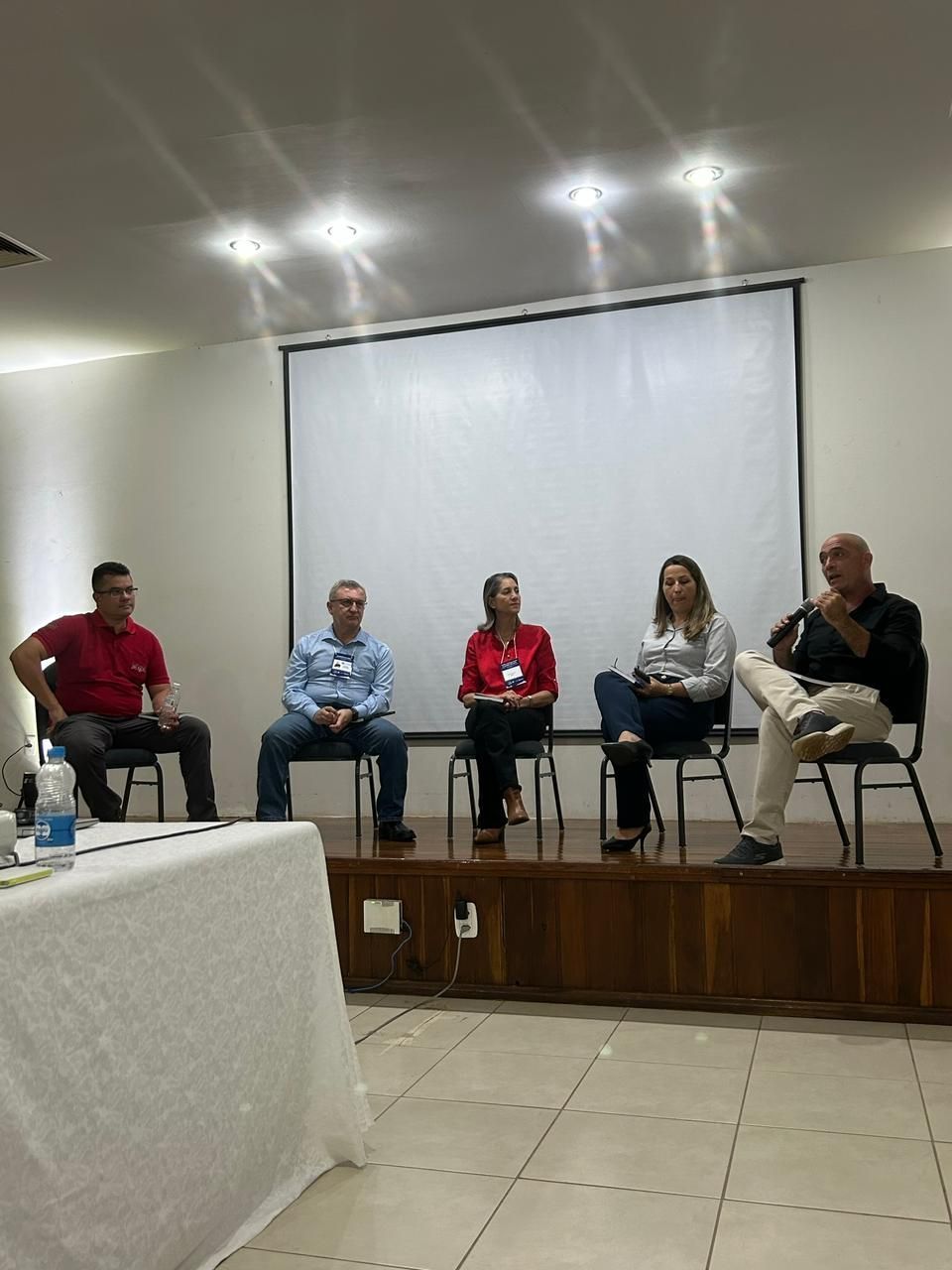
Conheça nosso App

Our Educational Videos
Somaticell on Social Networks



